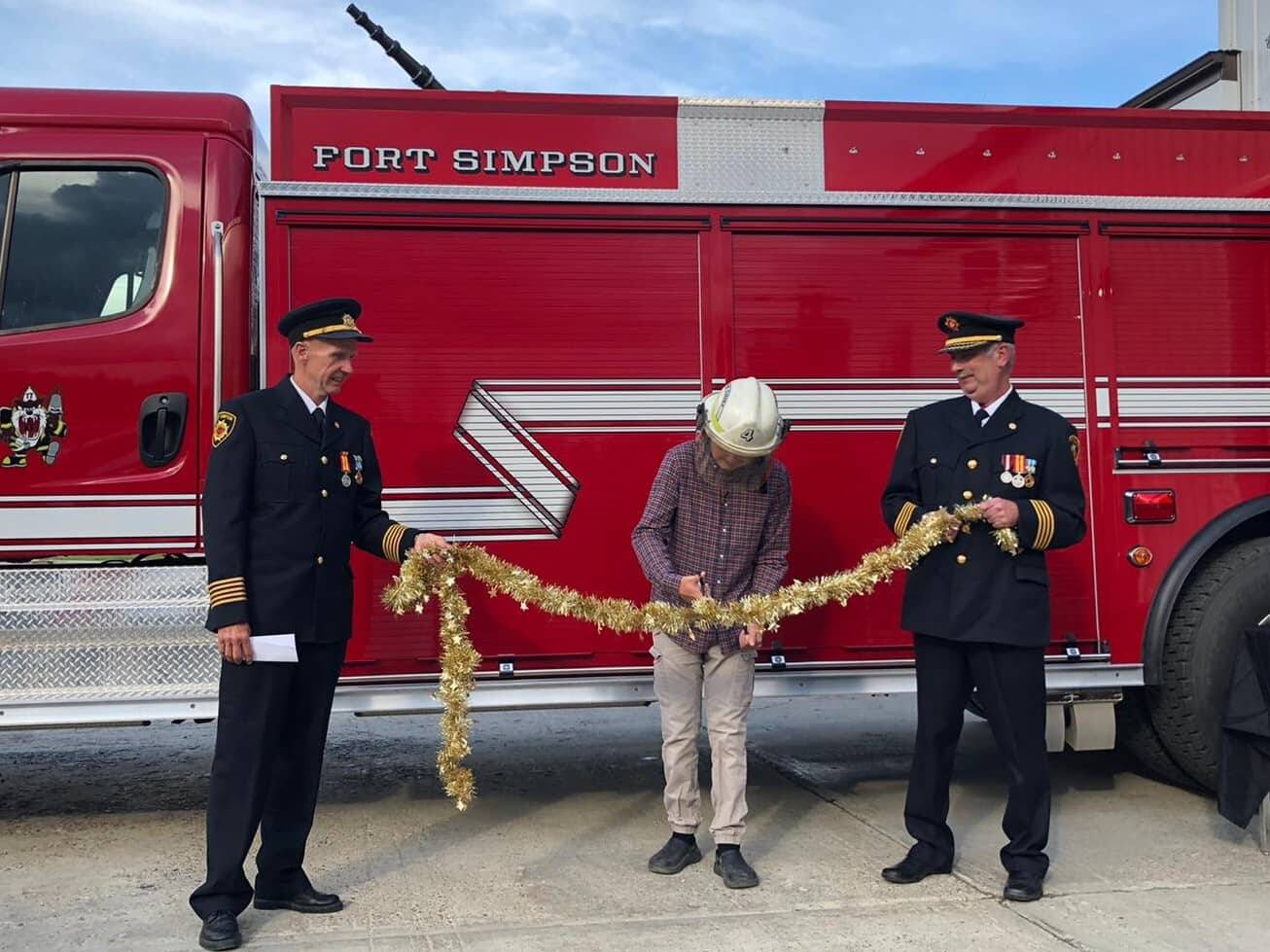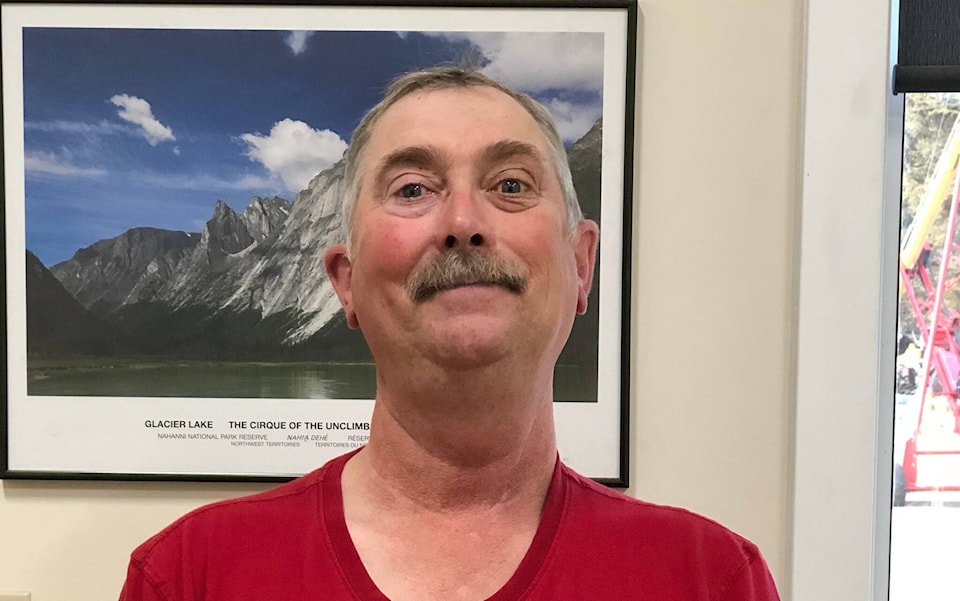After 40 years of dedicated service, Pat Rowe, the deputy chief of the Fort Simpson Volunteer Fire and Ambulance Department, has retired.
“Some time ago I decided that after 40 years, that would be a good enough time,” Rowe said. “Even though April 1 was my last day, I had actually joined the fire department at the end of March 1983. We called it April 1 (the last day) just because it was convenient.
“We’ve got such a great group of people in the department now and the town is well looked after.”
Rowe, 63, was born in Alberta but spent most of his life in the North. After serving in the navy with training in firefighting for six years, he joined the Fort Simpson department under the advice of then fire chief Gerry McGowan. He worked his way up the ranks to become the chief of the department in the early ’90s and served in that lead role for nearly 20 years before stepping back to the role of deputy in 2013 due to a battle with brain cancer.
The Fort Simpson department marked 60 years last year so Rowe is being celebrated by his colleagues for overseeing about two-thirds of the department’s development.
Rowe said the profession has changed greatly during his time with one big indicator being a greater regard for safety and a lesser occurrence of structure fires.
“Emergency response has come to the positives in that we aren’t eating smoke and doing that style of firefighting as much,” Rowe explained, noting that early in his career self-contained breathing apparatuses were non-existent.
“Fires haven’t changed significantly, I don’t think. But the way we do business has changed a lot, and I think 99 per cent mostly for the good. During my first seven days in Fort Simpson, we had seven working fires, so we had quite a few more fires back in the day.”
According to Rowe, in his early years it was not uncommon to see one death per year resulting from structure fires, but in the last 20 years, the frequency of such fatalities has decreased, largely due to the use of improved fire-resistant building materials and the increased prevalence of smoke detectors.
Deputy chief Roger Pilling agreed that building structures themselves have changed what firefighters have encountered in emergencies.
“A lot of the building construction at the time wasn’t as good; there were a lot more homes with ‘gas boarding’ or laminated panelling boards inside the houses instead of drywall that would just go up a lot,” he said. “So house fires tended to be more common and more intense.”

Personnel and training
The Fort Simpson fire department’s numbers are healthy these days with about 20 volunteers at the moment, but it vary from 12 to 30 personnel. The department is also equipped with two A-class pumpers, a rescue truck, two ambulances and one rescue boat.
But not all surrounding communities are as lucky.
Part of Rowe’s career has involved assisting the GNWT Office of the Fire Marshal with training other small communities in the Dehcho in developing basic firefighting training. In cases where communities have had limited equipment or low personnel numbers, it has often been a challenge to ensure emergencies like house or school fires can be met.
“It’s really a numbers game and in order to fight a working fire you need a minimum of six people that are trained — at minimum,” said Rowe. “When you get a smaller community, it’s hard in the North.
“Sometimes when you go into a community, you can really see the trials and tribulations that could come up when they might only have a 500-gallon truck to do the work.
“So the thing you run into when teaching is (the question of) do you teach a 1001 (National Fire Protection Association) curriculum or do you go into a community and say, ‘Well, you’ve only got two guys and a water truck. What can we do with those resources?’”
Pilling, who has spent 34 years with the fire service, said that Rowe is to be celebrated for his years of leadership and dedication, which has included patiently training others in addition to attending thousands of calls.
“Pat’s always been a great leader because he was always willing to show people how to do things,” Pilling said. “He has always been very patient with people and carried a great bedside manner when doing ambulance calls and with fire. He was always calm, cool, collected. He was just an awesome example because as a volunteer firefighter, he was spectacular to learn under and a great inspiration.”
Upon retirement, Rowe will be taking on an ‘auxiliary’ role, where he will provide assistance as needed. The department will be holding an internal celebration within the coming weeks and then host a larger public event in June.
